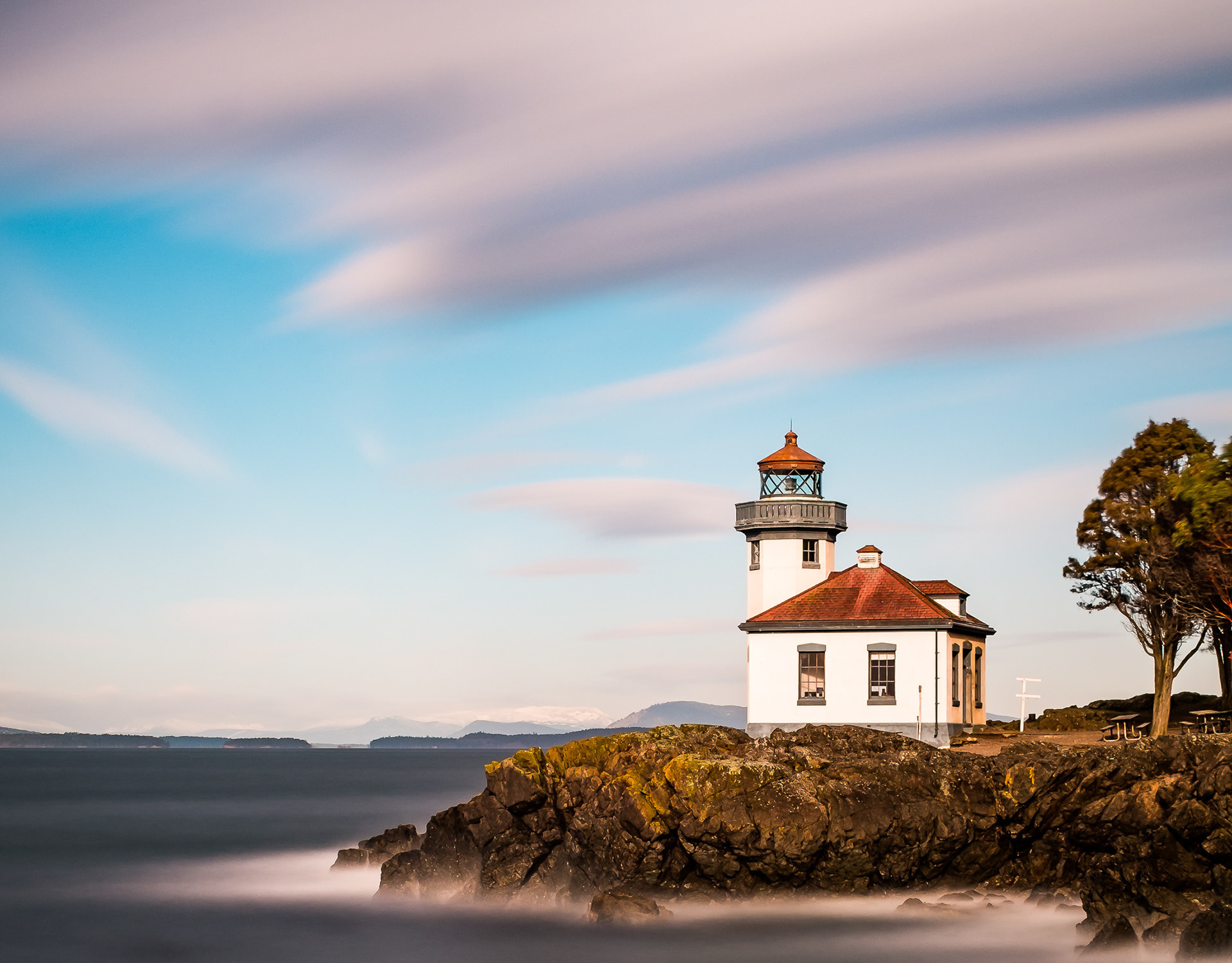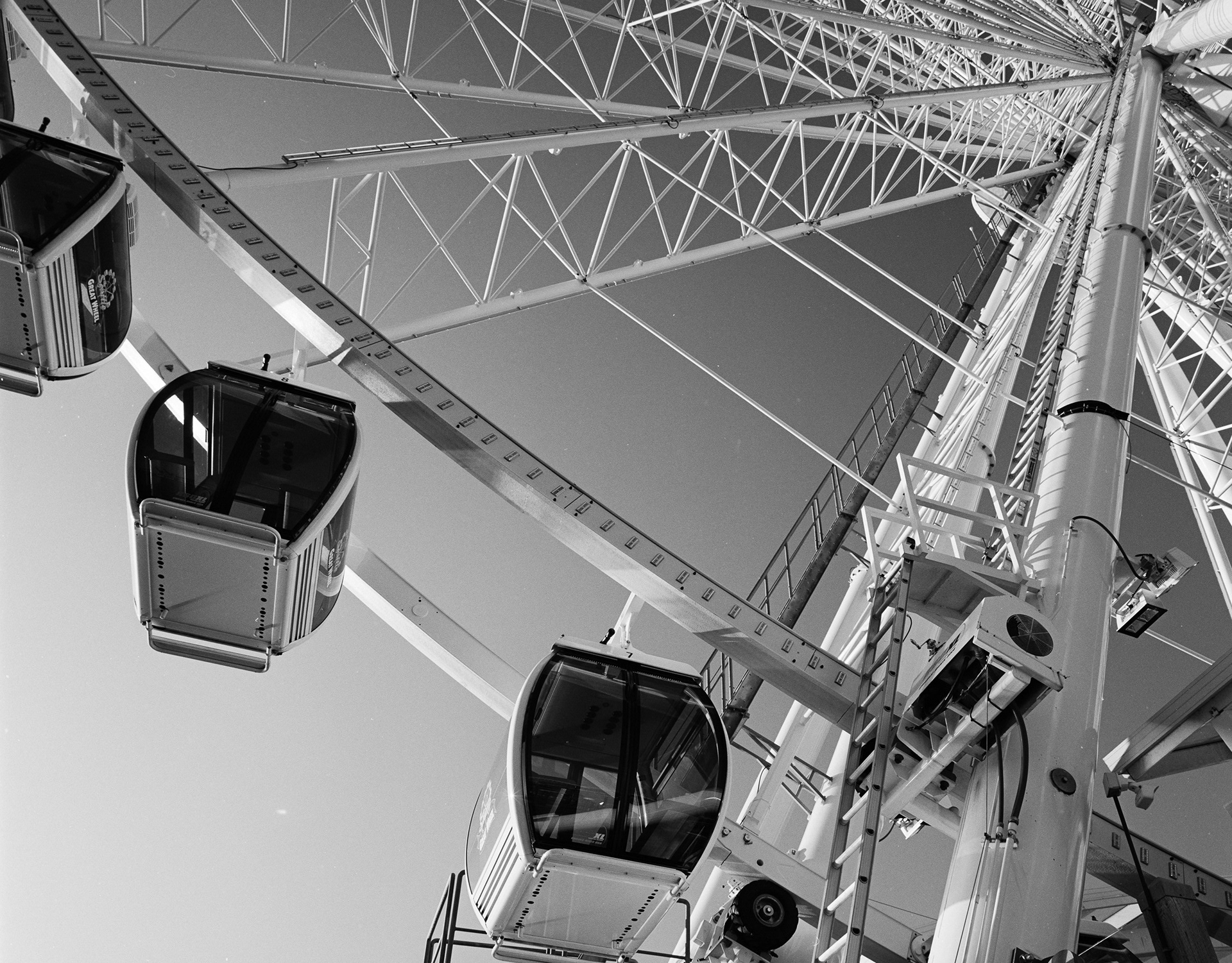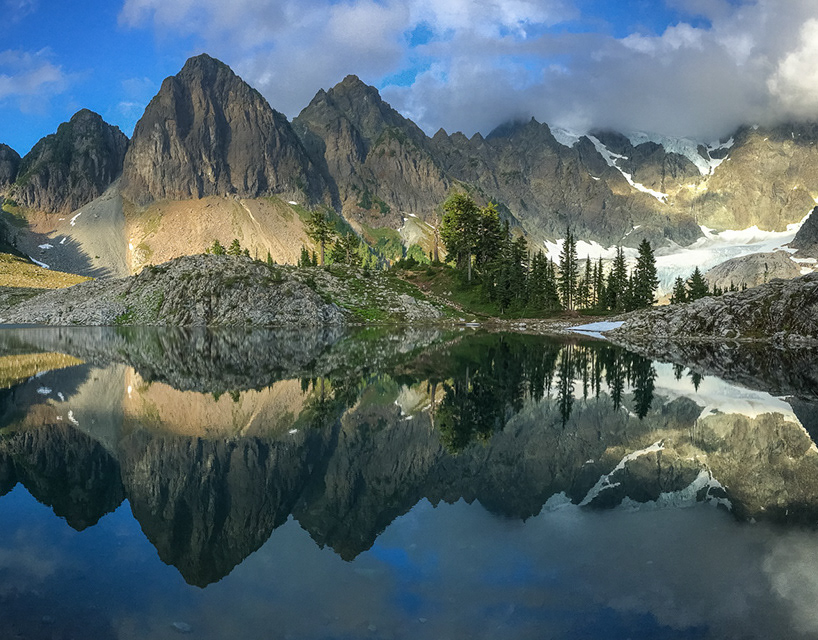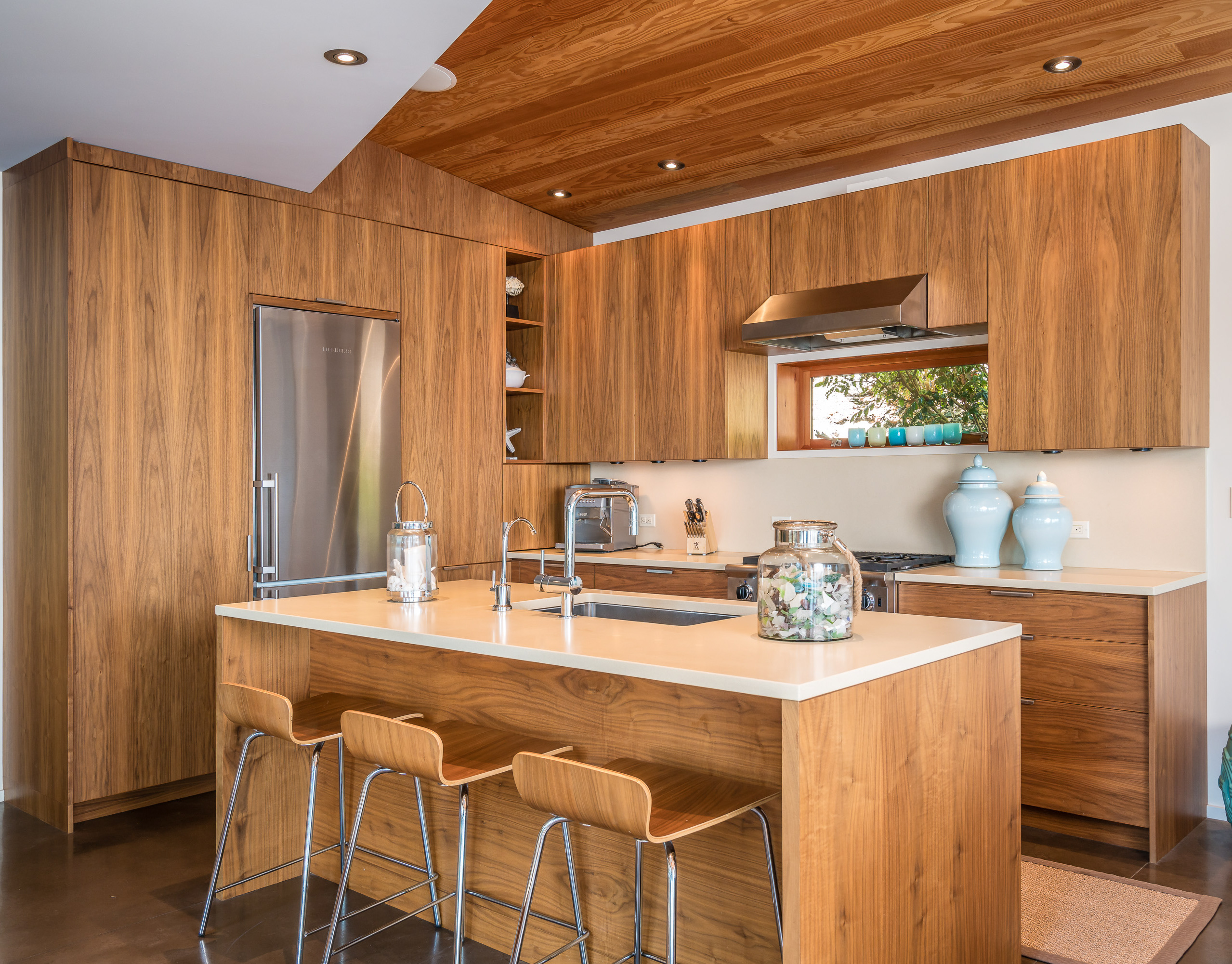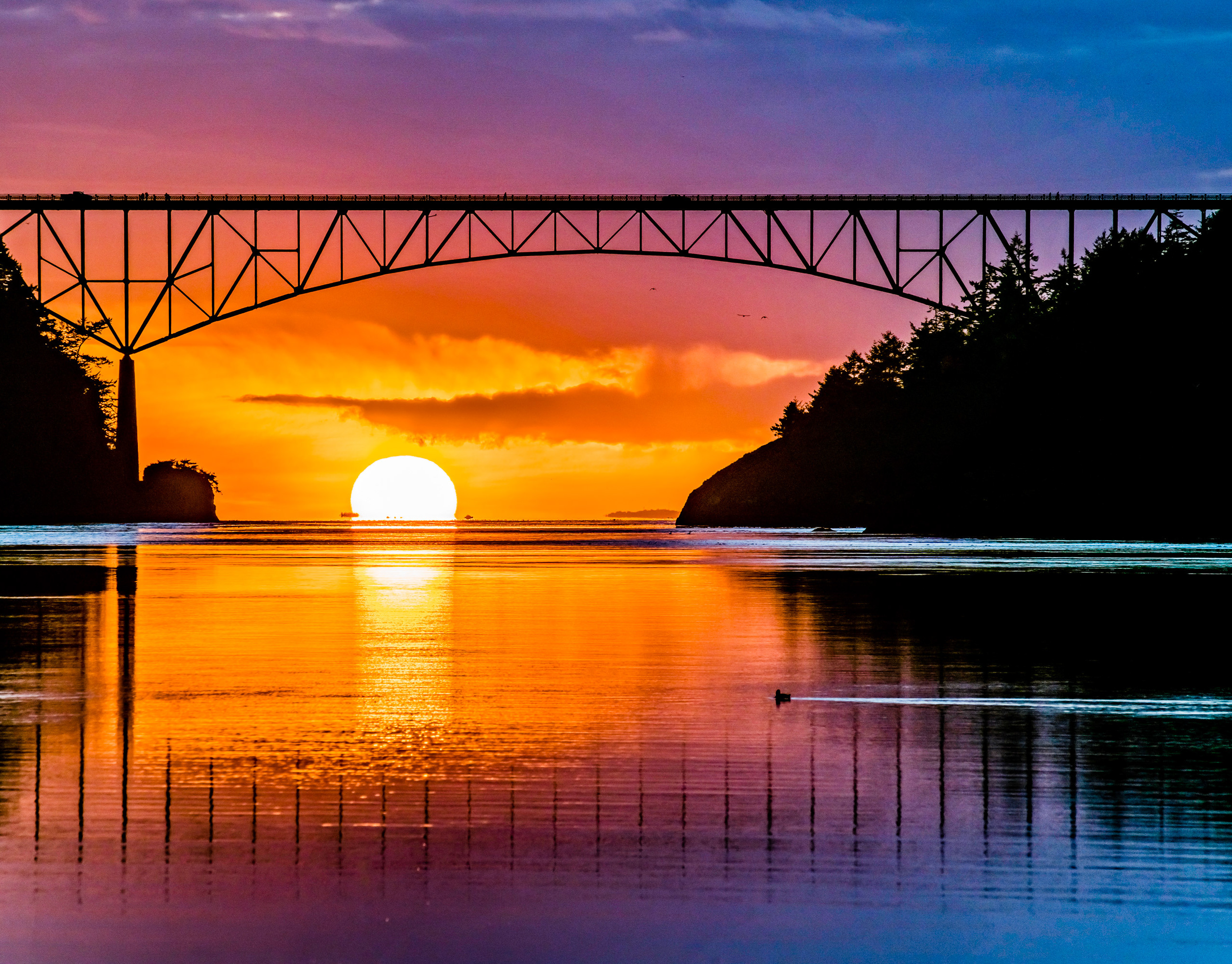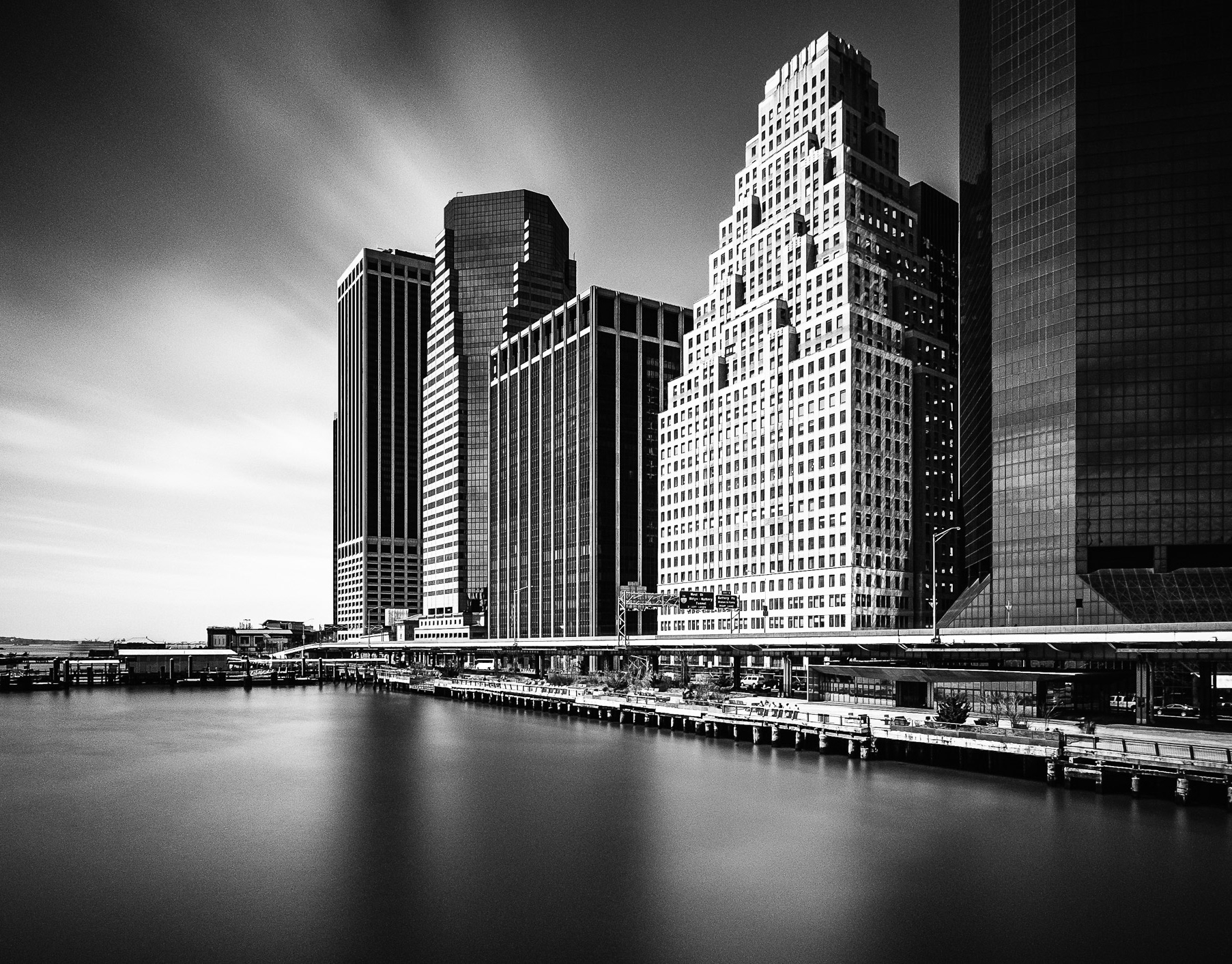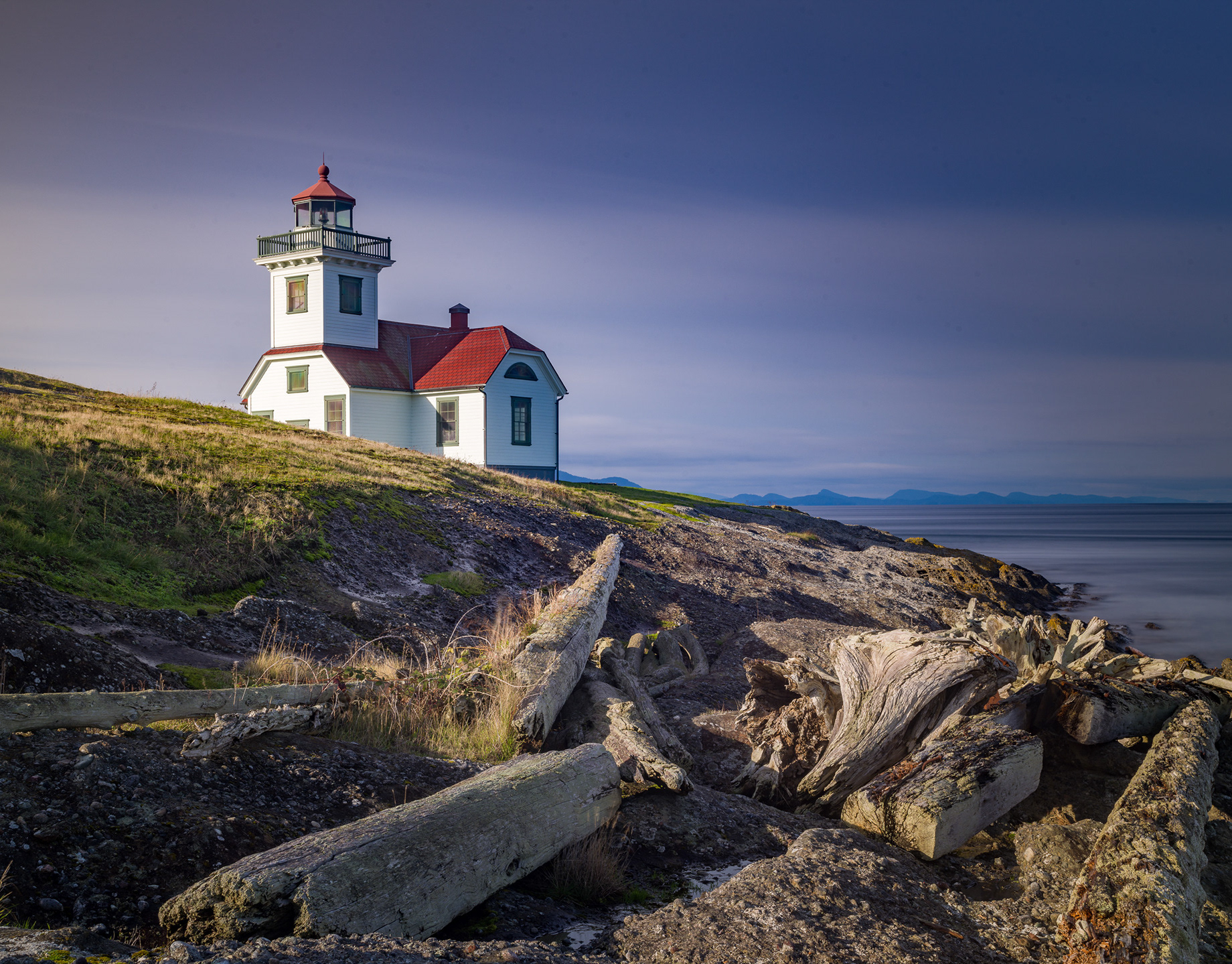The Day You Stop Learning is the Day you Stop Living...
-Tetsuyama-san
Luckily, I've always had a passion for learning. So when I saw the opportunity to shoot architecture with Scott Hargis, Mark Kelly and Wayne Capili in a beautiful modern architecture home in in Palm Springs, California, I jump at the chance
Scott Hargis is a widely recognized architectural photographer based in the San Francisco Bay Area. He is known for beautifully lit, artistic compositions that focus on expressing the original intent of the designer, interpreting their work into a photograph that accurately conveys the feeling of being in the space itself. He prefers traditional field technique over digital manipulation, which results in images that feel authentic, alive, and which require minimal retouching.
Scott attracts clients from a wide array of disciplines including architecture, design, construction, and hospitality.
Scott is the author of the acclaimed book “The Essential Guide to Lighting Interiors” which is often referred to as the “bible” of small-flash interiors lighting technique. He has been teaching photography workshops since 2008, in places throughout North America and Canada, as well as Australia, Norway, Sweden, Spain, United Arab Emirates, and Qatar. He has also authored video tutorials on Lynda.com and at www.lightingforrealestatephotography.com.
Years ago when I first started out shooting real estate, Scott was my first influence and source of knowledge. His eBook and videos were my bibles and I made it a practice to re-read and re-watch them every year. His style of adding light to the scene and working to capture everything in camera very much matched my existing photography style.
This approach also proved invaluable as my business grew since many of my clients staged the room during the shoot and reviewed the results on my iPad as we dialed everything in.
For these clients, the shoot fast and combine at home in Photoshop, just wouldn't have been a workable solution.
Mike Kelley is a photographer based in Los Angeles, California who specializes in photographing architecture; I also have a mild airplane obsession.
I grew up in Ipswich, Massachusetts: a small coastal town that’s one part postcard and one part overly dramatic Boston movie (complete with funny accents and all). In this quirky part of New England I was lucky enough to meet a number of amazing teachers who opened my eyes to the world of art and design; this would alter the path of my life in more ways than I could ever imagine.
After studying studio art and environmental science at the University of Vermont, I decided to venture to Lake Tahoe, California, in hopes of becoming a professional snowboarder (graduating during the most tense moments of the ’08 recession made this sound like a great idea). A couple of years and countless injuries later, I found myself taking up an offer to photograph a few homes for a client I’d met while recuperating. What started by chance turned out to be the perfect mix of technical challenge and creative outlet, and I was immediately hooked with photographing architecture. I decided right there and then that it absolutely must be my career.
Over the years I’ve been able to blend my interests in architecture and infrastructure together while working on some incredible projects: from hanging out of helicopters over Miami Beach to photographing homes in the wilds of Iceland, it’s been one heck of a ride.
Mike has been a more recent influence to my workflow who I discovered through his of exceptional video series, Where Are Meet Architecture 1, 2, 3, that he created in partnership with Fstoppers.com.
Mike also curates the website APALMANAC, Architectural Photography Almanac. This is one best sources of experience based info for interior photographers as Mike, and other photogs, freely pass along their hard won knowledge.
Wayne Capili is the founder of Interface Visual, a digital content and photography studio located in Central California. When he’s not shooting multi-million dollar listings in and around the Monterey Bay, he is in Silicon Valley working with tech companies to create unique and innovative lighting solutions for digital projects.
He is a technophile that loves working with new technologies. As such, Wayne serves as an advisor and beta tester for numerous imaging software and hardware projects. He is also the goto portrait photographer for several Fortune 500 companies, regularly photographing billionaires and board members.
Wayne has a special ability to manipulate light. He is known for capturing images in the camera that most photographers can only achieve through editing and software. He does this through painstaking attention to detail, often taking hours to set up lighting for a 5 minute shoot.
Wayne loves architectural photography because it forces him to extend his imagination beyond what is in front of him and instead to visualize the image that he intends to deliver. The ability to understand how lighting, equipment, and changing conditions all contribute to a final image – and the knowledge of how to combine them to achieve that image – go beyond simple technique and transform photography into art.
Pretty exciting stuff for a still image.
Although I had seen Wayne's work this workshop was my first experience seeing and hearing about his business and his photography workflow.
Lessons Learned
I took my full Interior Photography camera kit but in the end only set up and took one image, the twilight shot shown above. Because the real value was watching these three renowned photographers choose their compositions, stage the scene and utilize the appropriate gear needed to capture the best image.
And I learned a bunch and way too much to list here. But the general ideas that I brought home were:
Gear Doesn't Matter
All of these photographers were using first rate gear. But the gear is just a tool used to capture their vision. They spent the least amount of time during a shoot focusing on, or manipulating their gear.
Nothing Beats Great Light
We shot from dawn to dust starting with an early morning exterior shoot and finishing with a twilight pool shoot. And between the three photographers there was an ample opportunity to add off camera lighting as needed to enhance, and actually tame, the ambient light as it became harsher during mid-day.
And although exceptional work can, and should, be created any time during the day, nothing really beats great light.
Spend Time Finding the Best Composition
Both Scott and Mike impressed me with how exacting they were when working to find their final composition. Scouting the house then the each particular room for the best vantages was only the beginning. Then they would meticulously alter the position or height of the camera to account for minute relationships in the furnishings or views. And this would constantly as the room was modified during staging.
Staging is Vital
Perhaps single biggest surprise for this whole day of shooting was the extent to which Scott, Mike and Wayne staged and modified each room to create the image they were after. I'd bet we spent 80% of the time staging for the interior shots.
Final Thoughts
This workshop was tailored more towards architectural photography than real estate photography so it was a great fit for me. There can be a "good enough" mentality in real estate photography and this is an idea I've never really felt comfortable with. I'm always striving to deliver better quality for my clients and this inspirational workshop showed me ways to keep raising the bar.

